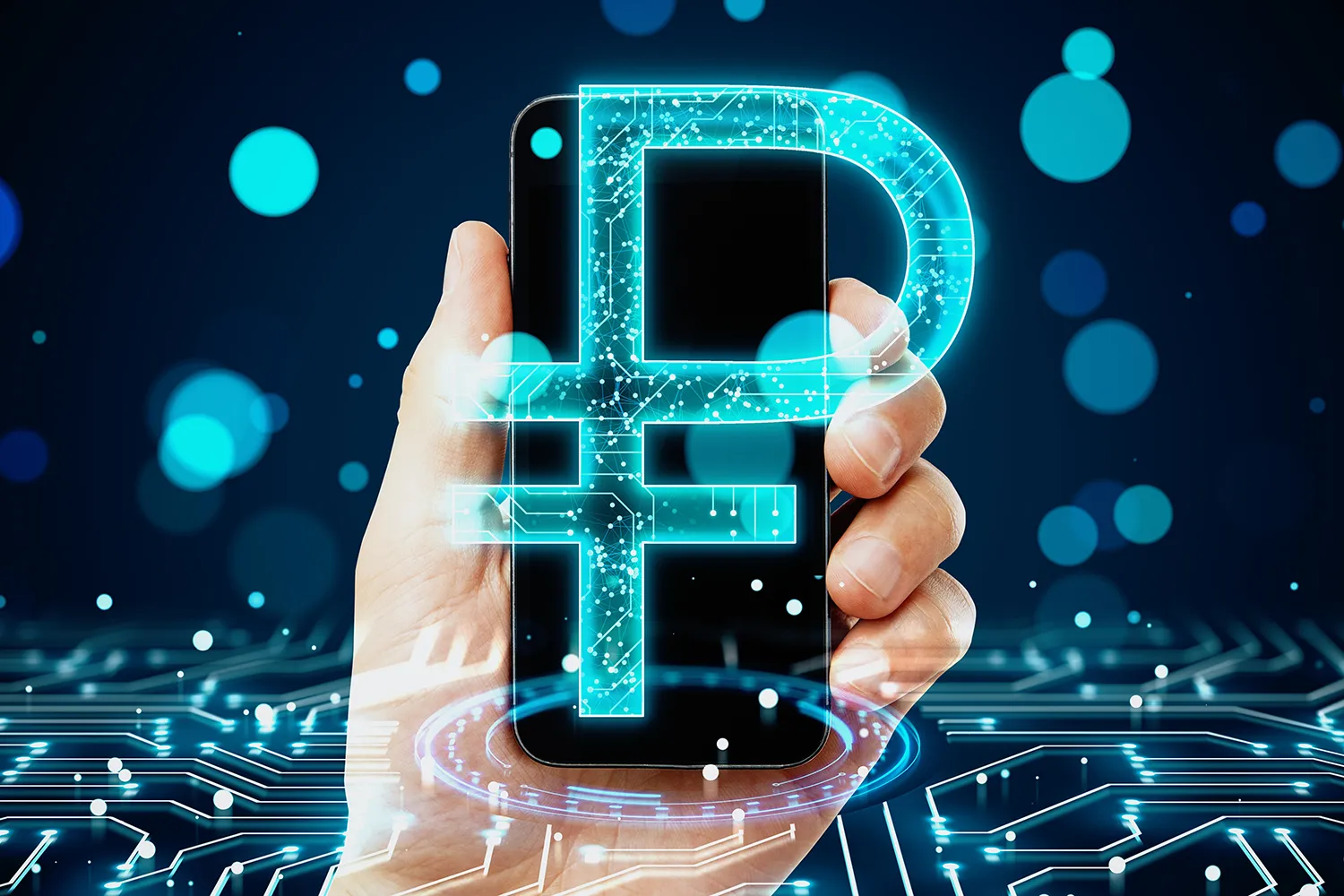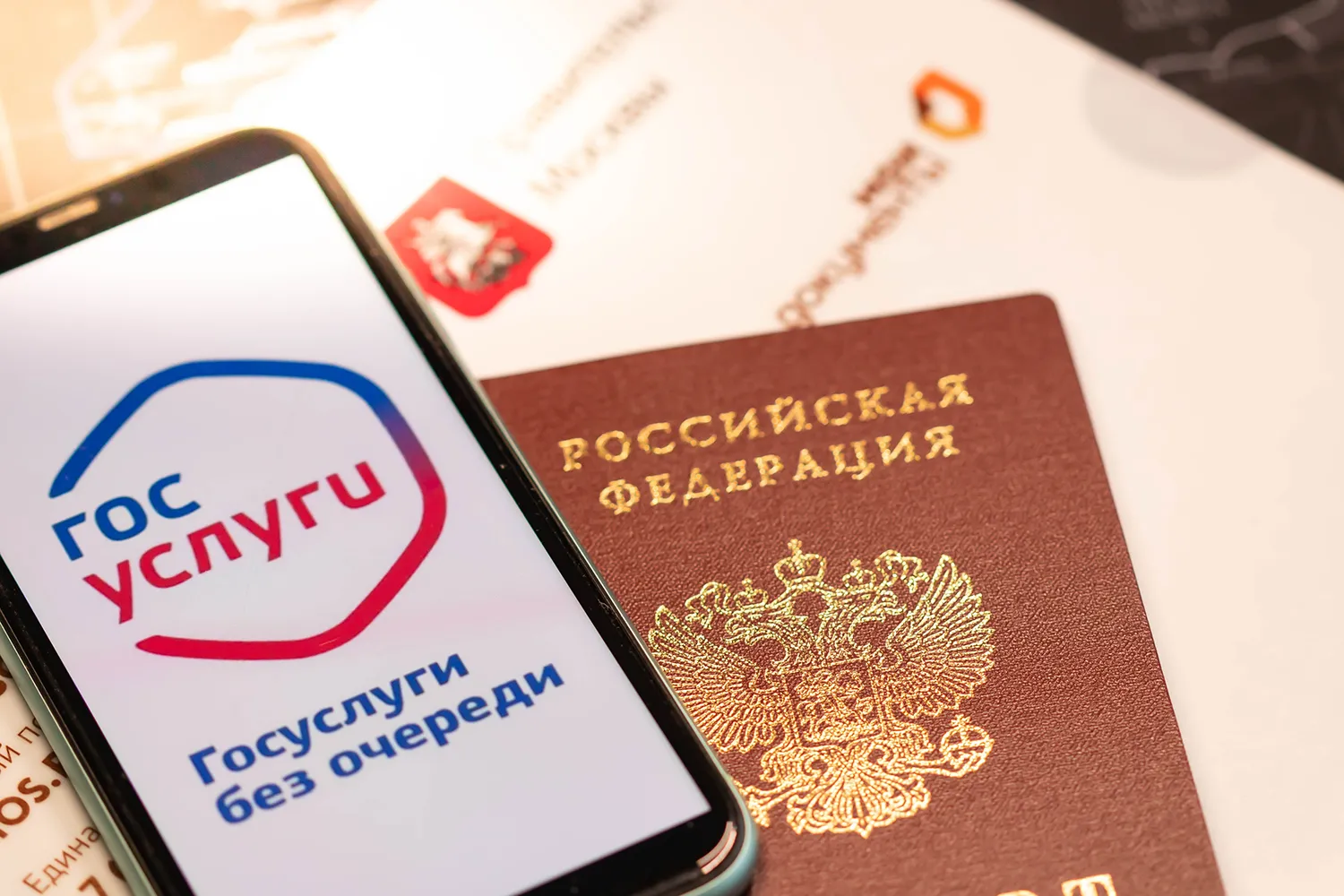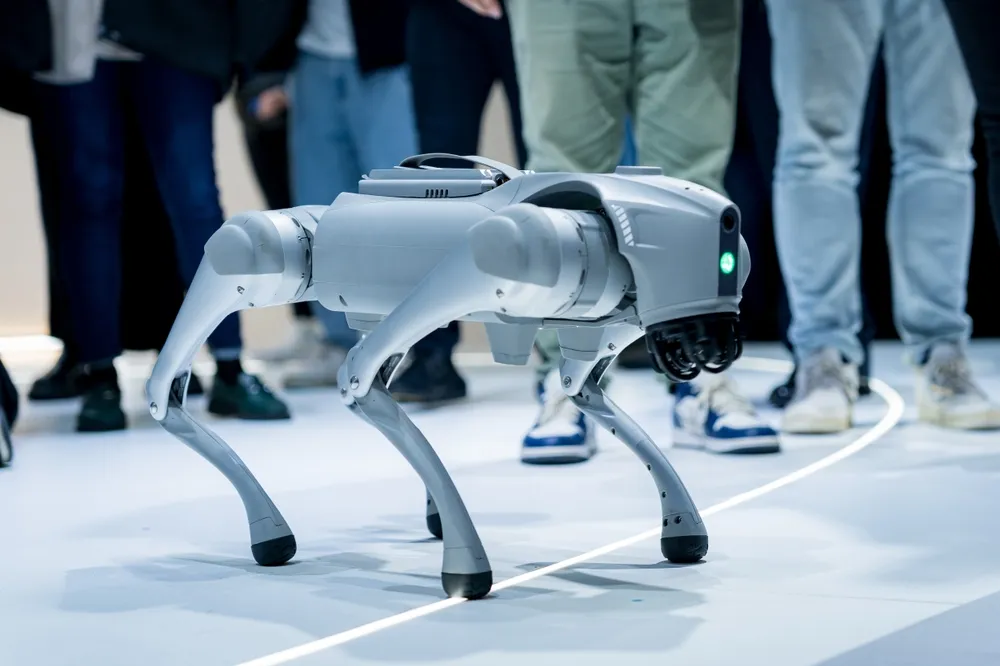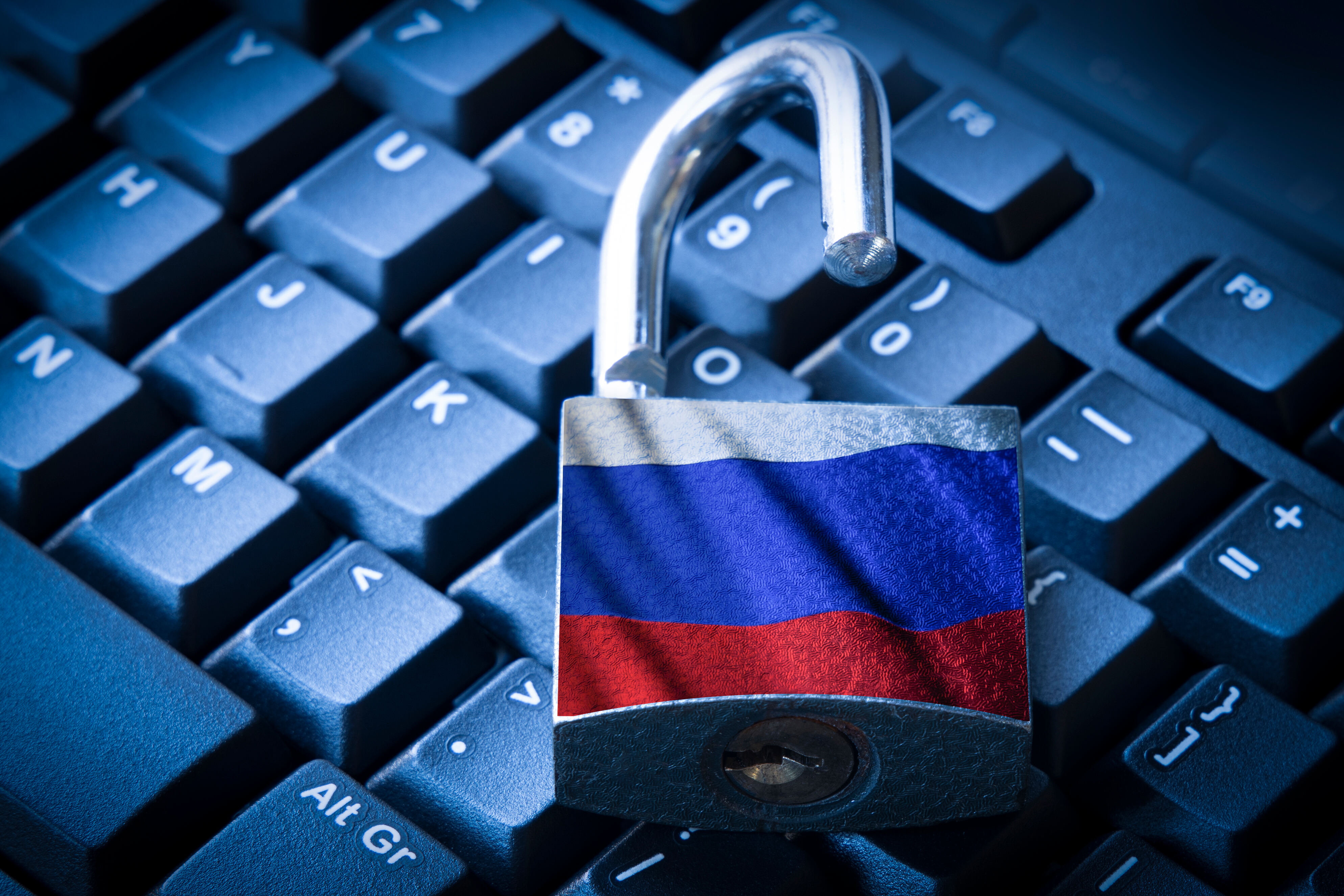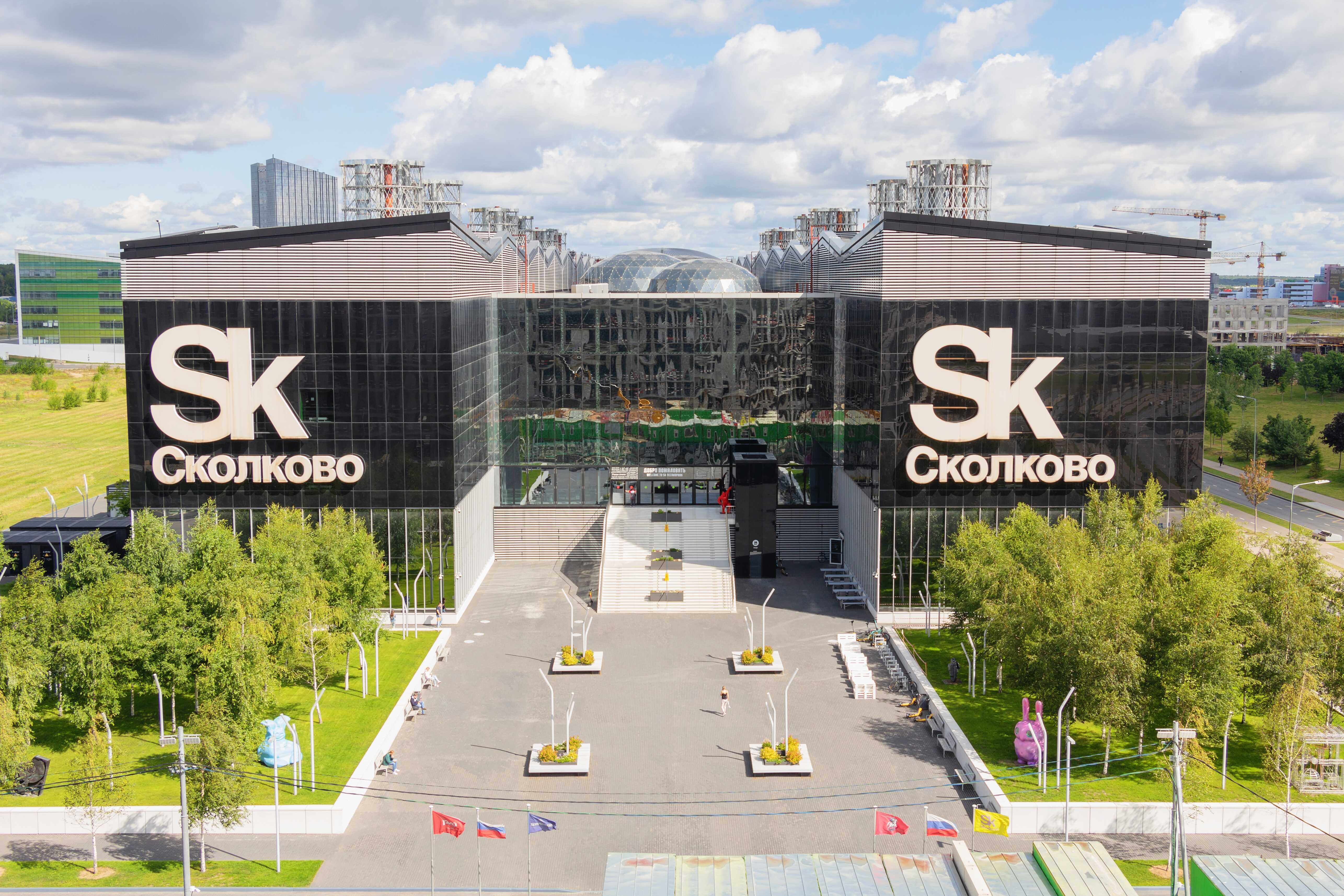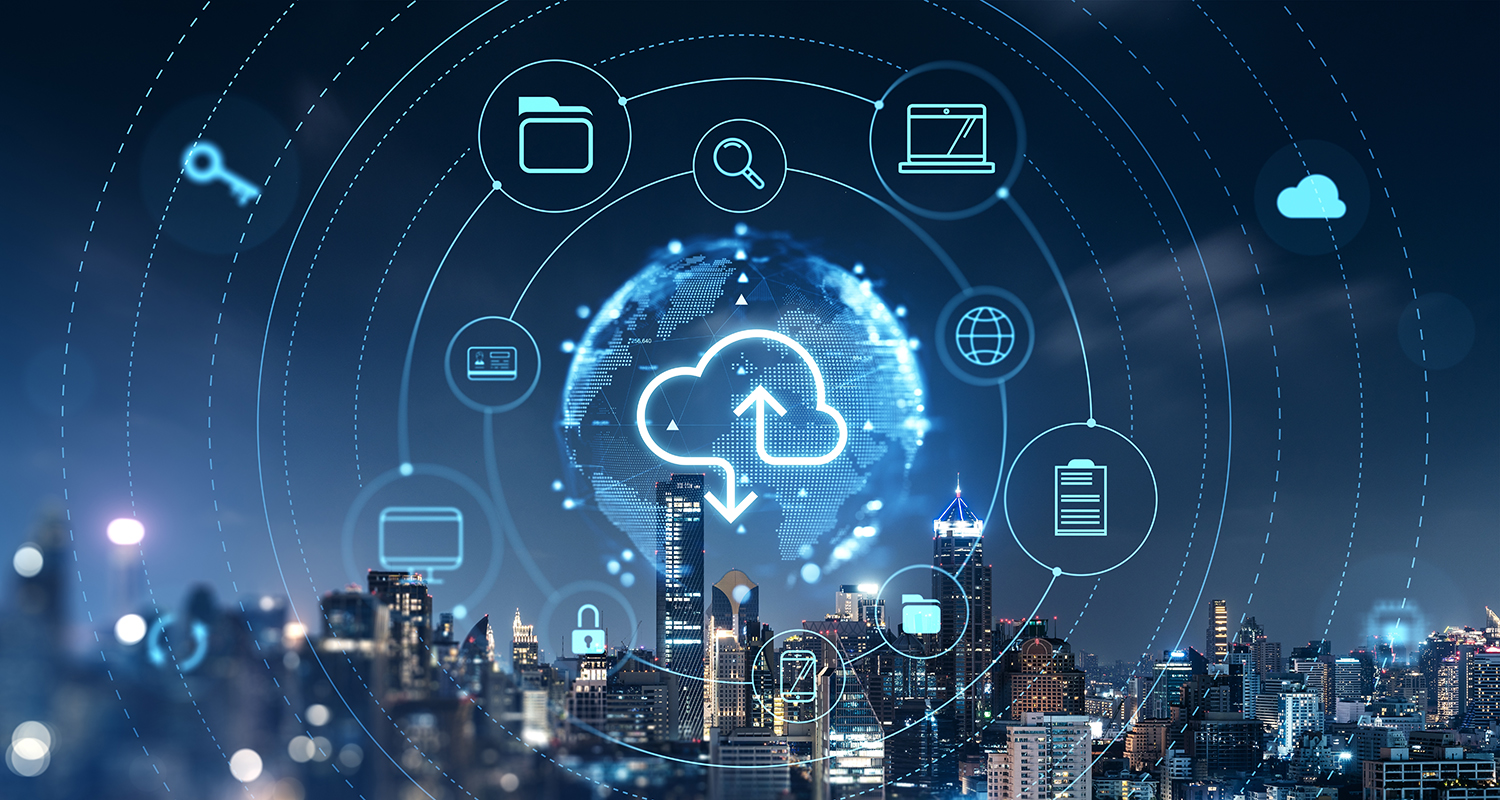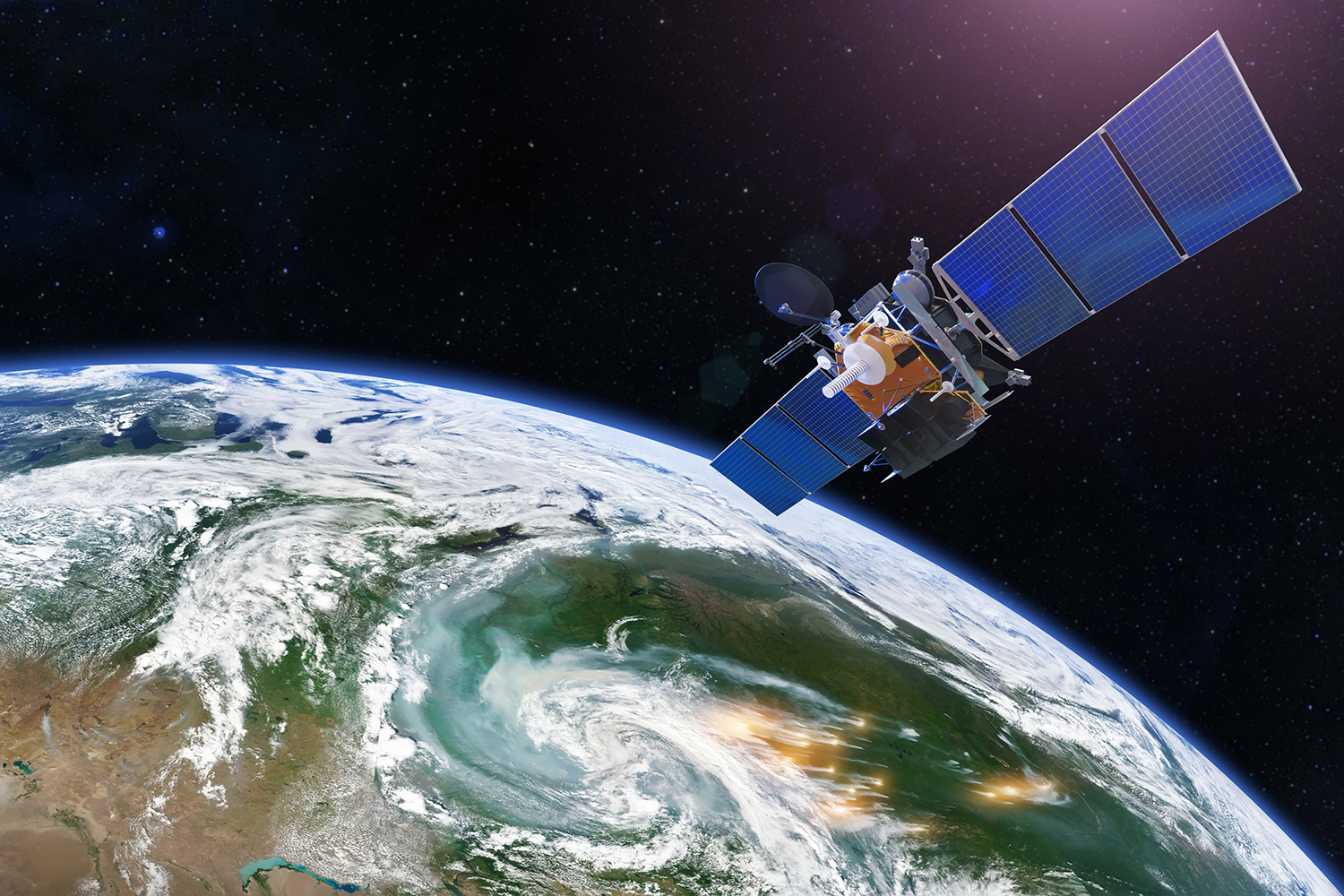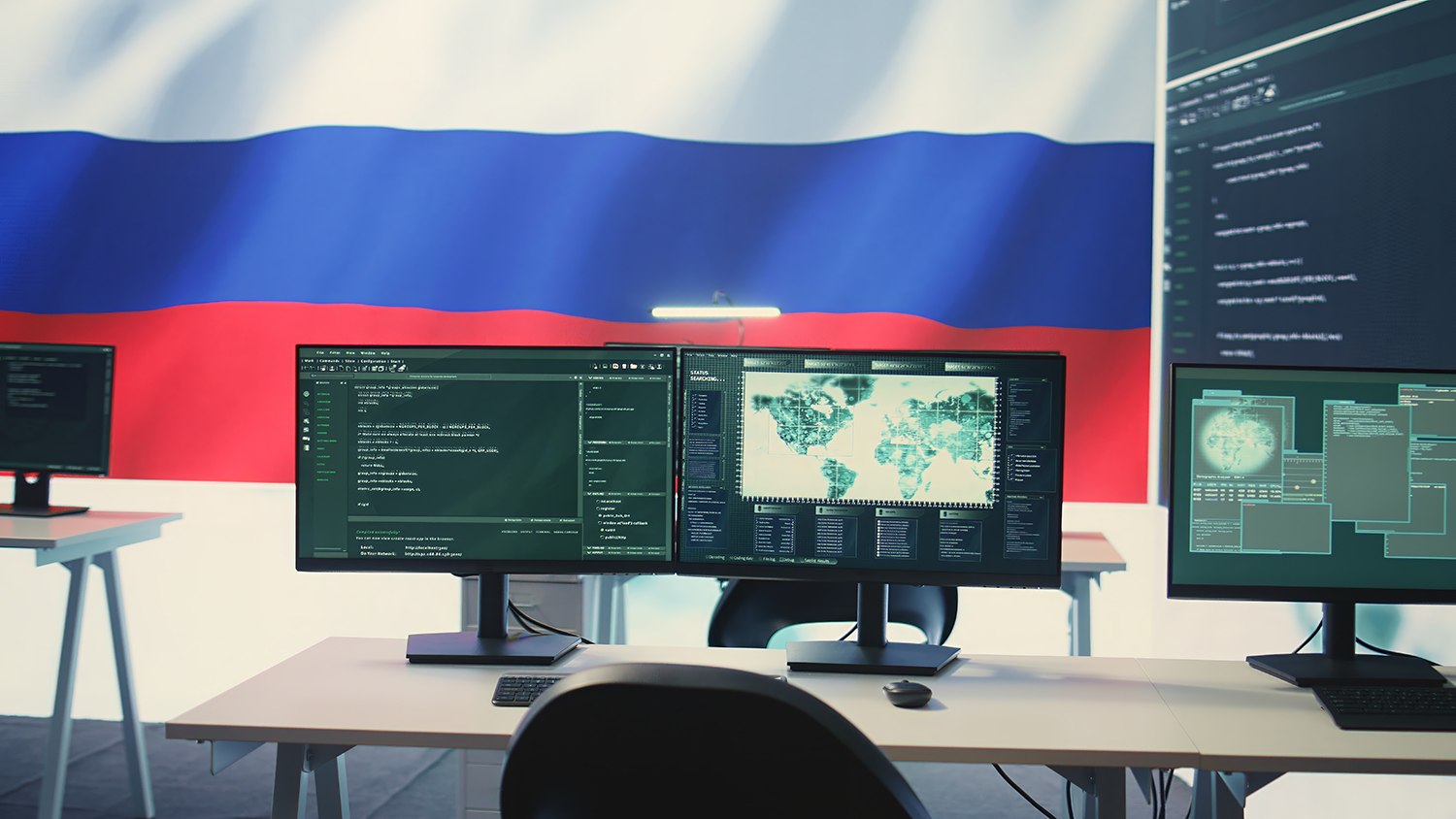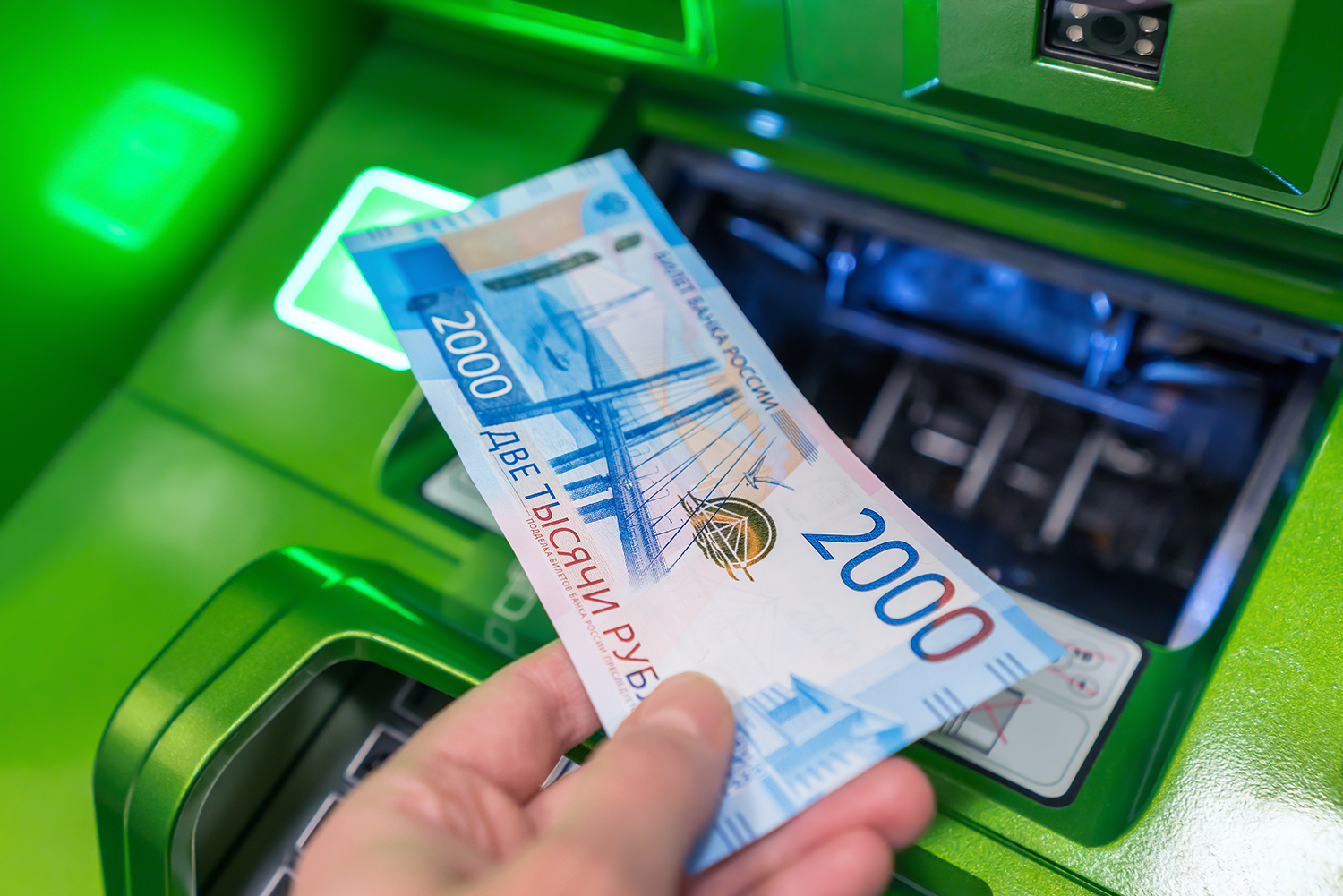Smart Water Supply: How Russia Is Helping Conserve Resources
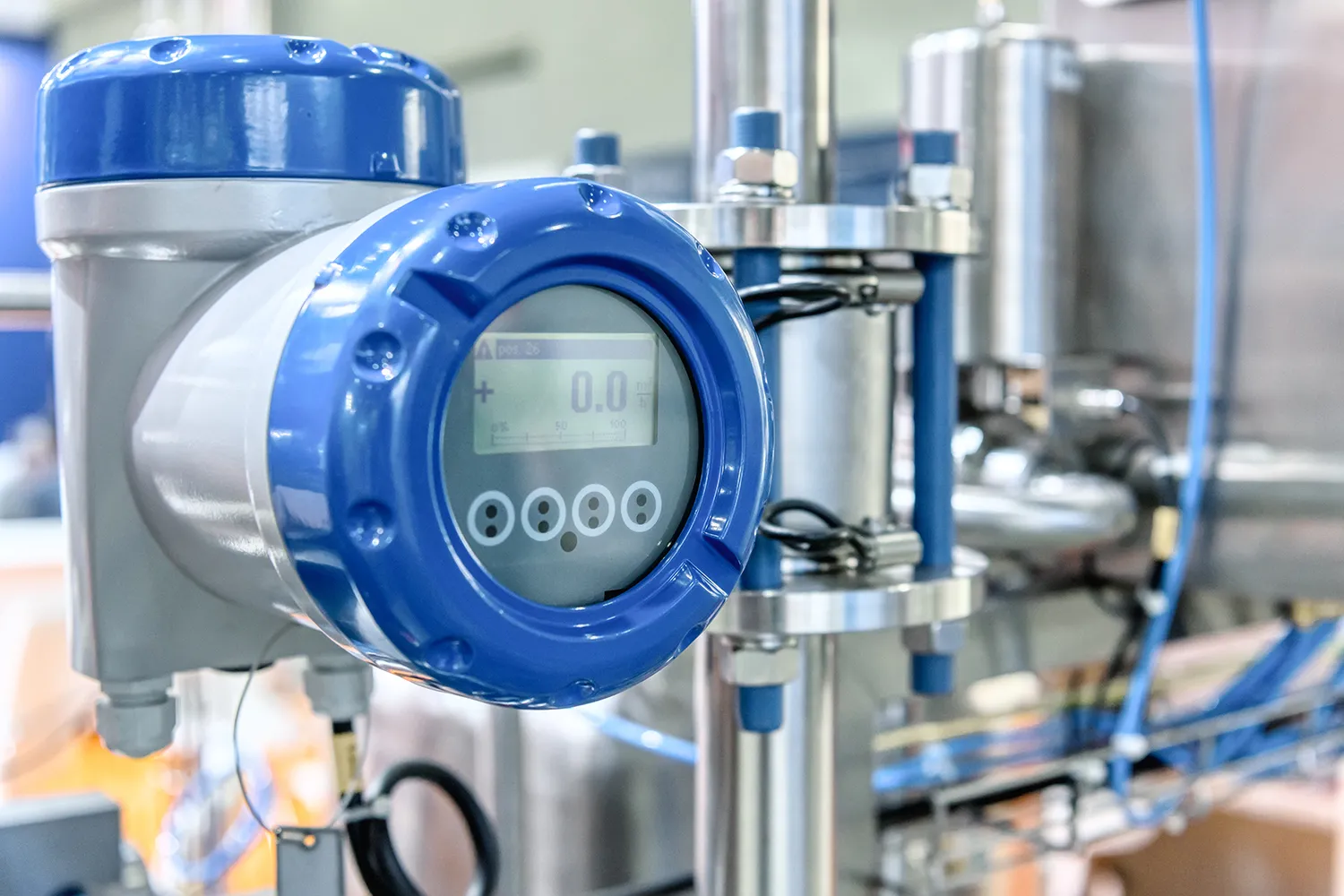
Russia holds one-fifth of the world’s freshwater reserves, but that abundance doesn’t mean the country can afford to be wasteful. With water losses sometimes exceeding 30 percent, digital technologies are stepping in to optimize supply and improve efficiency.
IoT and Digitized Utilities: From Monitoring to Emergency Prevention
One of the leaders in digital water infrastructure is MegaFon, which has developed an IoT platform to monitor water distribution and consumption. The service integrates with a wide range of connected meters to track actual water supply volumes, monitor quality, detect pipe bursts, unauthorized connections, and even remotely manage pumping stations. The platform has proven its value multiple times. For example, smart meters installed in 2,050 residential buildings served by Nizhny Novgorod Vodokanal help save about 95,000 rubles monthly per 100 buildings on maintenance costs.
Another large-scale project is Rosatom’s Digital Water Utility, rolled out by JSC Rosatom Infrastructure Solutions. The initiative automates emergency dispatch services, integrates systems for process control, and employs digital twins of water infrastructure. These systems are operational in cities like Glazov (Udmurt Republic), Belgorod Region, Voronezh, and Kursk. In Glazov, digital implementation reduced emergency response times from 3–4 days to just a few hours.
Meanwhile, Softel offers a modular system that monitors water consumption, identifies anomalies, and helps prevent breakdowns. Using digital twins, cities have optimized their water systems, cutting water loss by 40 percent.
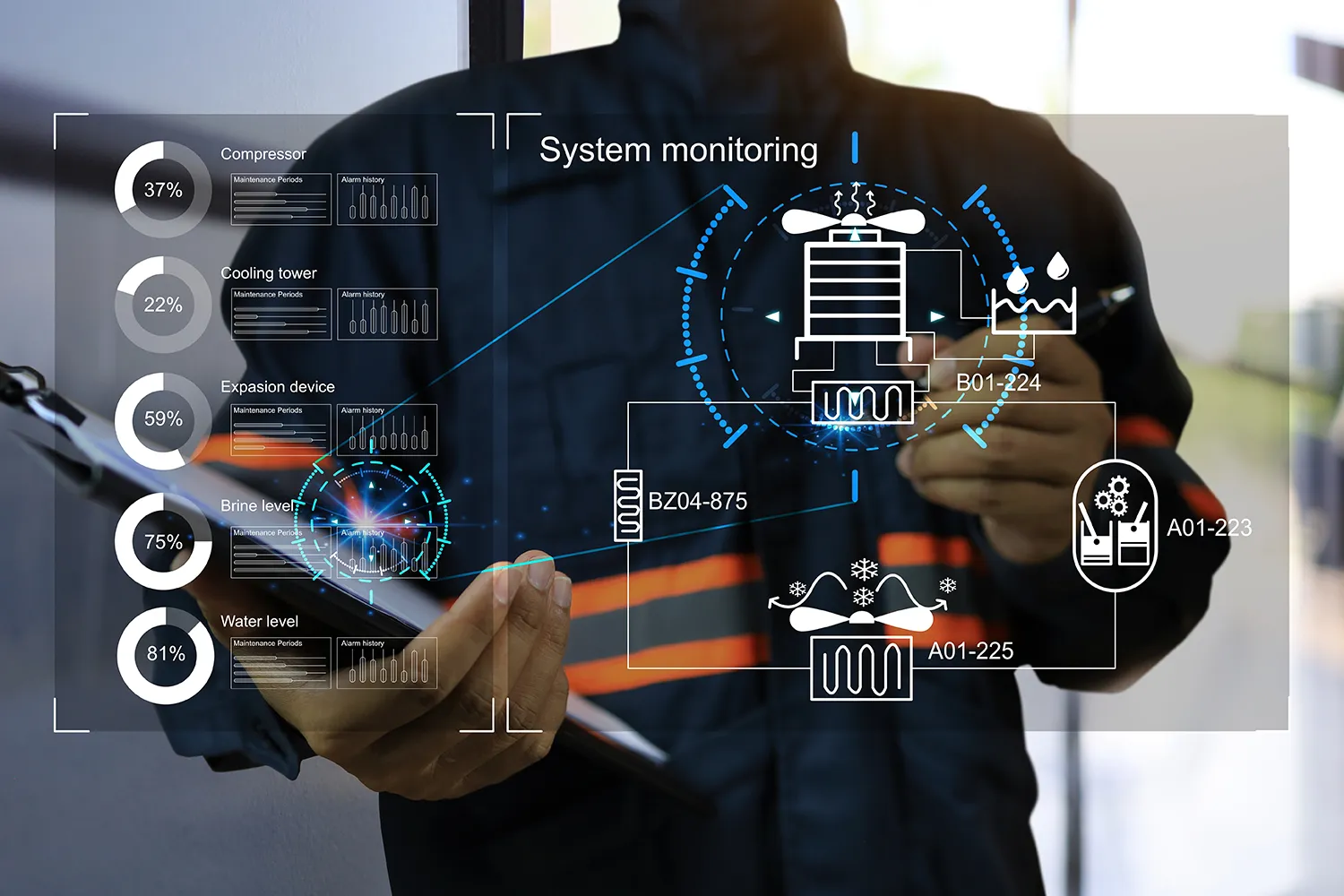
The Economics and Ecology of Smart Infrastructure
Going digital isn’t just about efficiency—it’s also about making the water sector more attractive to investors. Research suggests that by 2030, the water supply and wastewater market in Russia could reach 939 billion rubles.
One of the most promising areas for growth is the development of digital twins—virtual models of water networks—alongside public-private partnerships (PPPs). These collaborations allow for modernization without passing additional costs on to consumers.
Digital systems also play a critical role in reducing carbon footprints, managing resources responsibly, and advancing sustainability goals.

What’s Next?
Russian cities are actively adopting cutting-edge solutions for public utilities management. By 2028, analysts predict the country’s digital water utility market will grow to 50 billion rubles.
In just a few years, smart water systems may become standard in large urban centers. The next milestone: integrating artificial intelligence to predict infrastructure failures and automate resource management.
While foreign companies are still exploring these practices, Russian developers are proving that digital utilities aren’t a future vision—they’re a present-day solution saving millions of cubic meters of water and billions of rubles.







